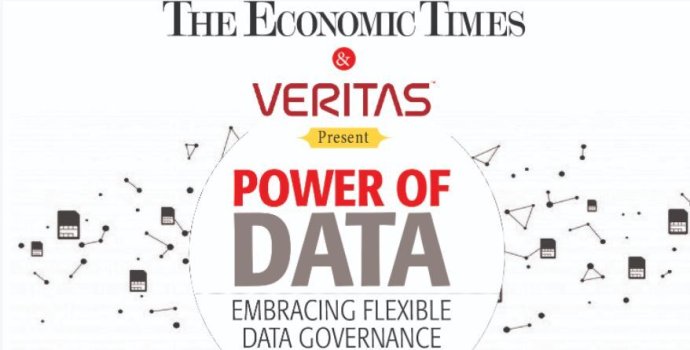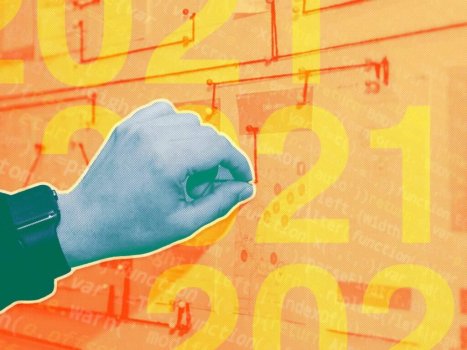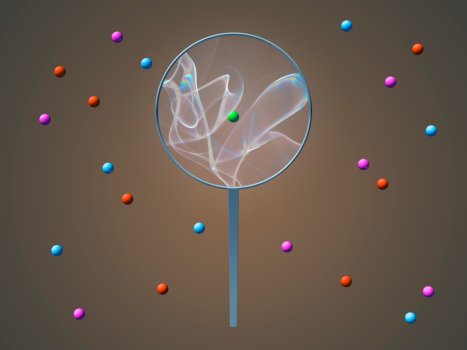Lisa Sweeney on Bringing Women into the Future of Technology
- Technology Workforce
- 0 Replies
Lisa Sweeney, CEO of Business in Heels, was recently recognized as a one of 2021’s Top 50 Small Business Leaders by Inside Small Business. We asked Lisa what Business in Heels was doing differently to bring women into the future of technology.
“We are all about community and supporting women in business,” Lisa explained. “It was a team effort with many of our team and Mentors going out of their way to help others. A pivotal change has been the implementation of virtual events including coffee connections, mentor mornings and the Summits.”
Lisa said one week they were meeting in person, the next week they were doing virtual hugs and toasts. From the minute COVID hit they realized the confusion, isolation and fear would all be a problem. Immediately the team acted and launched a series of virtual events. They took the time to ring people they knew who had been majorly impacted and invited them to join.
Continue reading: https://womenlovetech.com/lisa-sweeney-on-bringing-women-into-the-future-of-technology/
“We are all about community and supporting women in business,” Lisa explained. “It was a team effort with many of our team and Mentors going out of their way to help others. A pivotal change has been the implementation of virtual events including coffee connections, mentor mornings and the Summits.”
Lisa said one week they were meeting in person, the next week they were doing virtual hugs and toasts. From the minute COVID hit they realized the confusion, isolation and fear would all be a problem. Immediately the team acted and launched a series of virtual events. They took the time to ring people they knew who had been majorly impacted and invited them to join.
Continue reading: https://womenlovetech.com/lisa-sweeney-on-bringing-women-into-the-future-of-technology/

























